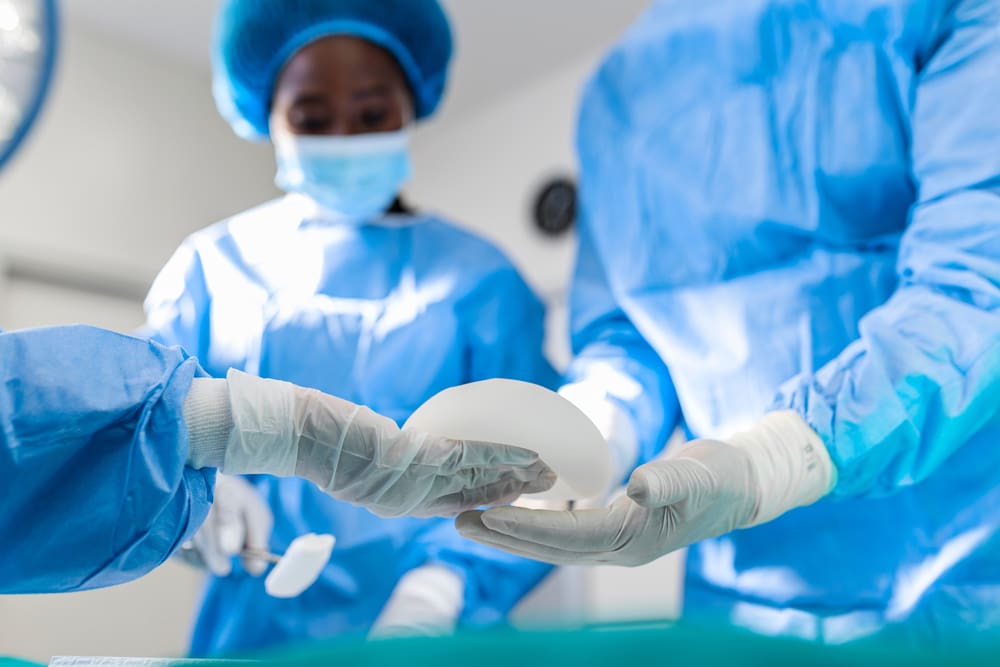Breast augmentation surgeries have surged in popularity, providing women with the chance to redefine their appearance and bolster their self-assurance. Despite being engineered for durability, breast implants aren’t perpetual fixtures. Understanding the optimal timing for breast implant replacement is pivotal, not only for preserving aesthetic appeal but also for safeguarding overall well-being. As these procedures offer transformative results, it’s essential to recognize that breast implants — like any medical device — have a finite lifespan. By staying informed and proactive, individuals can ensure their continued satisfaction with their breast augmentation outcomes while prioritizing their health and peace of mind.
Understanding breast implants
Breast implants are medical devices used to augment or reconstruct the breast tissue. They are typically made of silicone or saline and come in various shapes and sizes. The outer shell of the implant can be smooth or textured, and each type has its own set of benefits and risks.
The lifespan of breast implants
Although breast implants are durable, they are not immune to wear and tear over time. The lifespan of breast implants can vary depending on factors such as the type of implant, the surgical technique used and individual differences in healing and lifestyle. On average, breast implants are expected to last around 10 to 20 years before they may need to be replaced.
Signs it’s time for replacement
While breast implants may not have an expiration date, certain signs indicate it may be time for replacement:
– Changes in breast appearance: As breast implants age, they may become prone to deflation, rupture or shifting, leading to changes in breast shape or size.
– Capsular contracture: This occurs when the scar tissue around the implant becomes tight and can cause discomfort, distortion of the breast shape or changes in texture.
– Implant rupture: A ruptured implant can result in deflation, asymmetry, pain or swelling. Silicone implant ruptures might not be immediately noticeable and may require imaging tests for detection.
– Persistent pain or discomfort: Chronic pain or discomfort in the breasts may indicate implant-related issues that warrant evaluation by a healthcare professional.
– Changes in sensation: Numbness, tingling or changes in nipple sensation could be signs of nerve compression or implant-related complications.
Regular monitoring and follow-up
To ensure the longevity and safety of breast implants, regular monitoring and follow-up with a plastic surgeon are essential. Routine breast exams, imaging studies and discussions about any concerns or changes in breast health can help detect issues early and prevent complications.
Consultation with a plastic surgeon
If you’re considering breast implant replacement or have concerns about your current implants, scheduling a consultation with a board-certified plastic surgeon is recommended. During the consultation, the surgeon will assess your breast health, discuss your aesthetic goals and recommend the most appropriate course of action based on your individual needs.
Staying attuned to the signals indicating the need for breast implant replacement is paramount for upholding not only aesthetic gratification but also holistic well-being. By remaining vigilant about the signs of implant failure, such as changes in breast appearance, persistent discomfort or alterations in sensation, individuals can take proactive steps to address any potential issues promptly. Regular monitoring through breast exams and imaging studies provides an additional layer of protection, enabling early detection of any abnormalities or complications. Furthermore, maintaining open communication and scheduling consultations with a qualified plastic surgeon as needed fosters a collaborative approach to breast health management. Through these proactive measures and informed decision-making, individuals can ensure the durability and safety of their breast augmentation results.
This story was created using AI technology.














